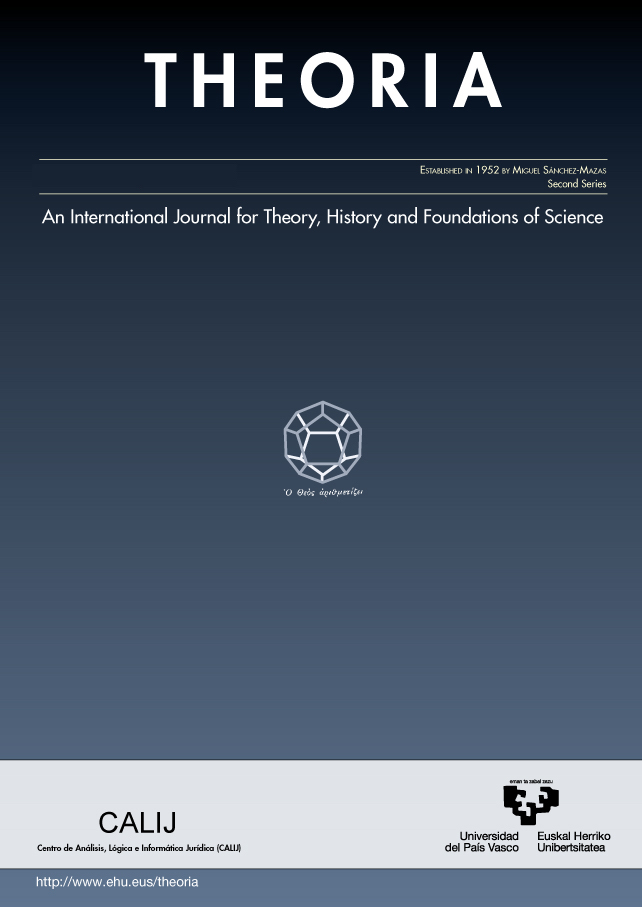Unification and Explanation: Explanation as a Prototype Concept. A Reply to Weber and van Dyck, Gijsberg, and de Regt
##plugins.themes.bootstrap3.article.main##
##plugins.themes.bootstrap3.article.sidebar##
Published
10-01-2014
Gerhard Schurz
Abstract
In this paper I investigate unification as a virtue of explanation. I the first part of the paper (sec. 1-2) I give a brief exposition of the unification account of Schurz and Lambert (1994) and Schurz (1999). I illustrate the advantages of this account in comparison to the older unification accounts of Friedman (1974) and Kitcher (1981). In the second part (sec. 3) I discuss several comments and objections to the Schurz-Lambert account that were raised by Weber and van Dyck (2002), Gijsberg (2007) and de Regt (2005). In the third and final part (sec. 4), I argue that explanation should be understood as a prototype concept which contains nomic expectability, causality and unification as prototypical virtues of explanations, although none of these virtues provides a sufficient and necessary "defining condition" of explanation.
How to Cite
Schurz, G. (2014). Unification and Explanation: Explanation as a Prototype Concept. A Reply to Weber and van Dyck, Gijsberg, and de Regt. THEORIA. An International Journal for Theory, History and Foundations of Science, 29(1), 57–70. https://doi.org/10.1387/theoria.8729
##plugins.themes.bootstrap3.article.details##
Keywords
Unification, Explanation, Prototype concept
Section
MONOGRAPHIC SECTION
Authors retain copyright and grant the journal right of first publication with the work simultaneously licensed under a Creative Commons License.

